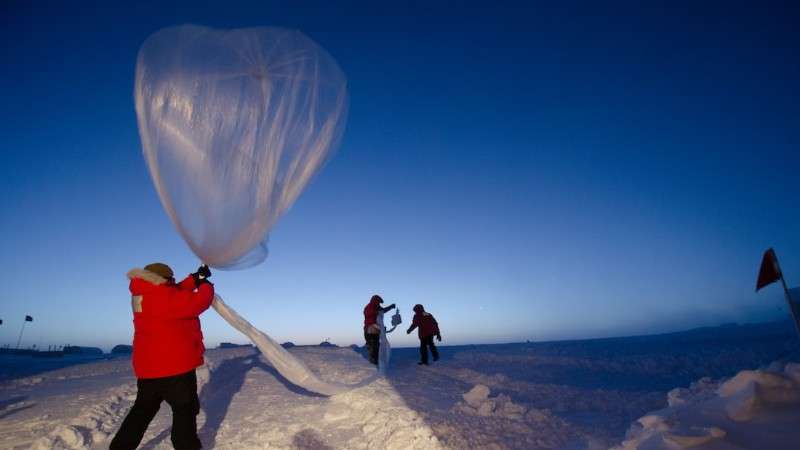
Global climate change mitigation is vital to preserve our planet’s future and ensure that it stays livable for all people, animals, and plants. The solutions to this perplexing challenge will need a significant shift in how companies create and utilize energy.
Climate Change: What Is It?
Climate change is the term used to refer to changes in the average conditions of the earth’s climate over an extended period from decades to millions of years. While the words “climate change” and “global warming” are sometimes used interchangeably, global warming is a subtype of climate change that focuses especially on the earth’s growing average temperature.
Climate change encompasses both global warming and the additional consequences of rising greenhouse gas (GHG) emissions, such as changes in wind patterns and precipitation patterns. It is not uncommon for the earth’s climate pattern to shift due to natural factors. However, since the Industrial Revolution, the world’s climate has shifted dramatically due to human activities.
Indeed, the last three decades have been warmer than any other period on record. The earth’s rapidly changing climate has many negative consequences, including increased frequency and intensity of severe weather events, increasing sea levels due to glacier melt, food shortages due to protracted droughts, and the extinction of countless animals and plant species.
What Effects Do Greenhouse Gasses Have on Climate Change?
The rise in heat-trapping greenhouse gas emissions generated by human activities is a significant factor in global climate change. Greenhouse gasses in the earth’s atmosphere block solar energy from escaping into outer space, resulting in global warming.
The most prevalent greenhouse gasses created by human activity are carbon dioxide and methane. People who live in the United States and other countries that sign the Paris Agreement agree to limit the amount of six greenhouse gasses that can cause climate change: CO2, nitrous oxide, perfluorocarbons, hydrofluorocarbons, and perfluorocarbons.
Climate Change’s Four Causes
The major contributors to human-induced greenhouse gas emissions are as follows:
Utilization of fossil fuels
Significant magnitudes of carbon dioxide and nitrous oxide are released when oil, coal, and gas are burned. The United States’ main contribution to climate change, according to the Environmental Protection Agency (EPA), is fossil fuels used for heat, power, and transportation. Transportation (planes, automobiles, trucks, ships, and trains) accounts for the lion’s share of CO2 emissions.
Deforestation
Cutting down trees diminishes forests’ ability to absorb CO2 from the atmosphere, regulating the climate. Not just does deforestation donate to climate change, but it also contributes to deforestation through wildfires and other severe weather events. Additionally, habitat loss through deforestation may result in the extinction of plant and animal species.
Agriculture of livestock
Methane emissions from animal waste such as cows and sheep are detrimental, and the whole meat production process consumes a substantial quantity of water, land, and feed.
Fertilizer containing nitrogen
While agricultural producers worldwide depend on nitrogen fertilizers to boost crop yields, these fertilizers emit hazardous nitrous oxide. Although nitrous oxide contributes a far lesser amount of greenhouse gas emissions than carbon dioxide, it is substantially more damaging to the climate than carbon dioxide because it traps heat 300 times faster.
5 Solutions to Climate Change
Solving the climate change issue will need a change in behavior, technology, and government policy. Several proposals for solving the issue of climate change include the following:
Introduce a carbon tax
By establishing a financial incentive to create less carbon, global carbon emissions might be reduced to favor more climate-friendly options. Numerous nations now charge carbon emissions in some form, but the governments of the world’s largest carbon emitters must join the solution for carbon pricing to have a meaningful effect.
Put an end to the destruction and replenish depleted forests
Deforestation occurs when forest area is converted to pasture or agricultural land and when the wood is harvested for manufacture or fuel. Tropical carbon-sequestering forests are vanishing at a pace driving climate change in Southeast Asia, Latin America, and Central Africa. By putting an end to deforestation and recovering damaged forests, we can ensure that a considerable quantity of carbon is removed from the atmosphere each year.
Encourage renewable energy development and the abolition of dependency on fossil fuels
Numerous foreign leaders have previously expressed support for subsidies for renewable energy sources such as solar and wind. Eliminating government support for the fossil fuel sector will help accelerate the transition away from oil, coal, and natural gas.
Shut down coal-fired power stations
Two-thirds must cut global coal usage by 2030 to satisfy the IPCC’s climate change targets. Countries may accomplish this aim by shutting down as many outdated coal power plants as feasible and preventing new ones.
Restore Indigenous peoples’ land rights
While the general public may see electric automobiles and energy-efficient air conditioners as answers to climate change, forest ecosystems have been regulating the temperature long before any of these technologies existed, and Indigenous peoples have been good forest stewards for millennia. Indigenous-controlled land is substantially less likely to be lost to deforestation, and traditional practices of forest habitat preservation may help mitigate the effects of climate change.
Leave a Reply